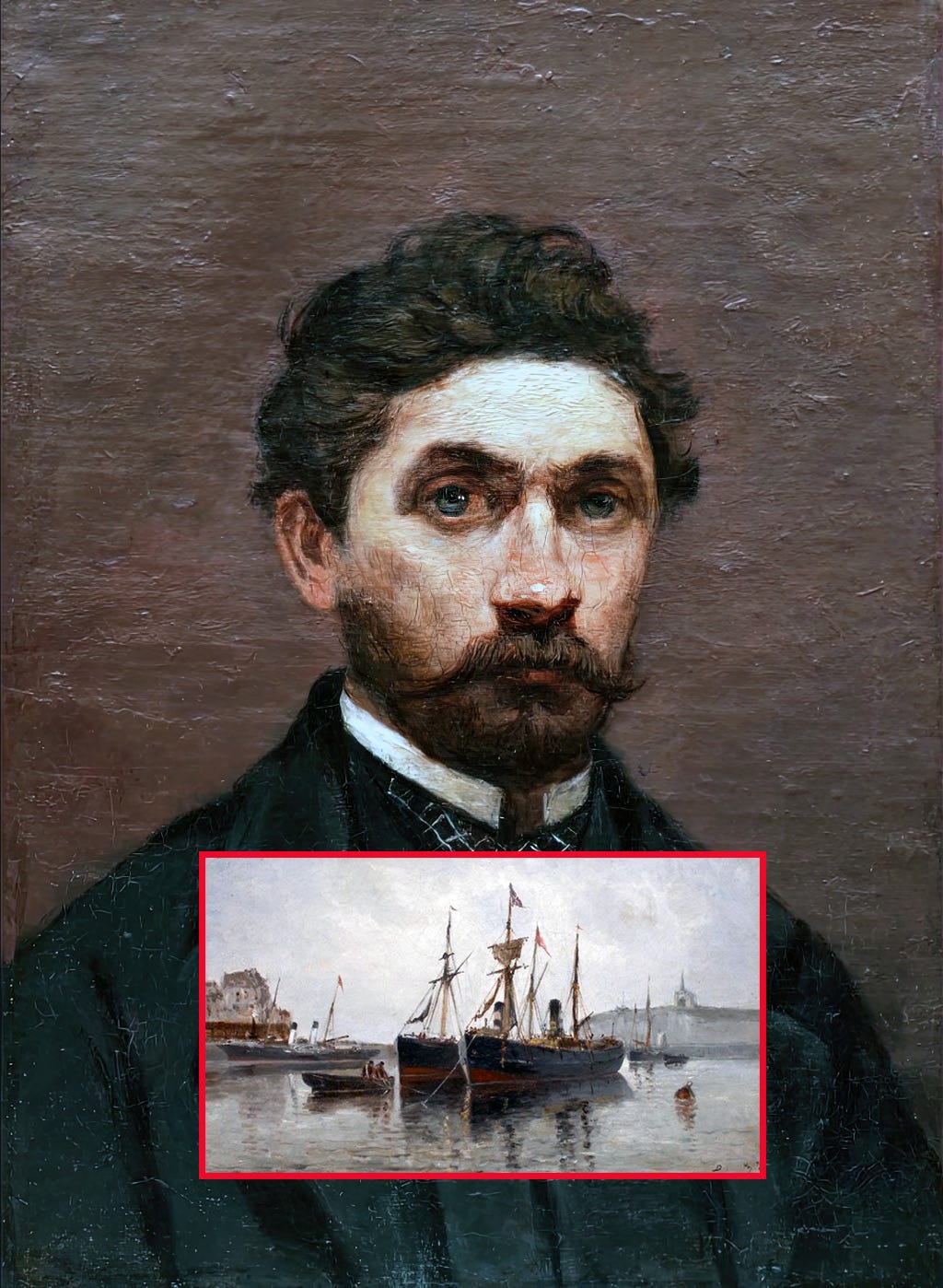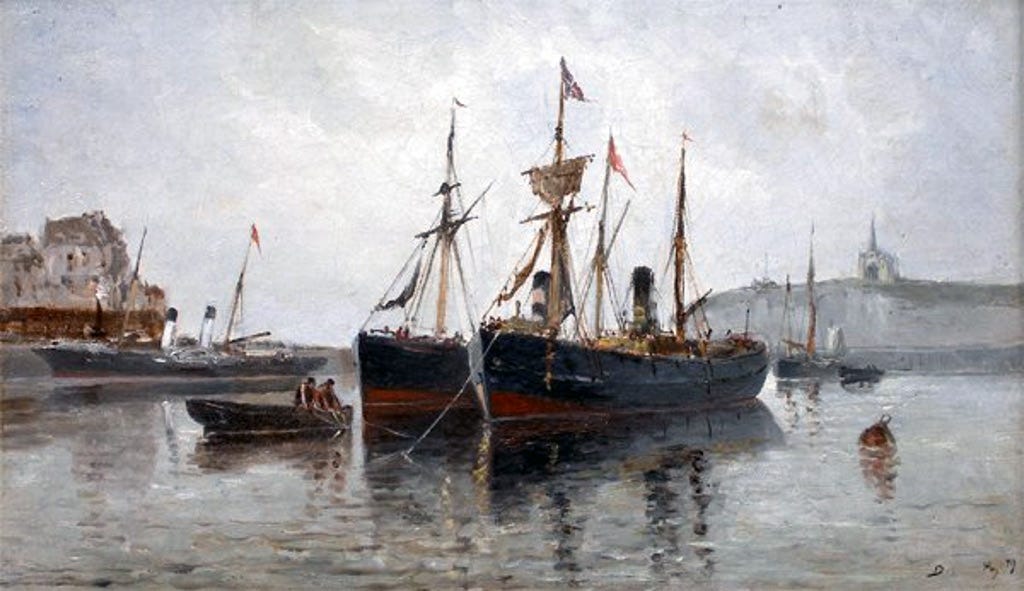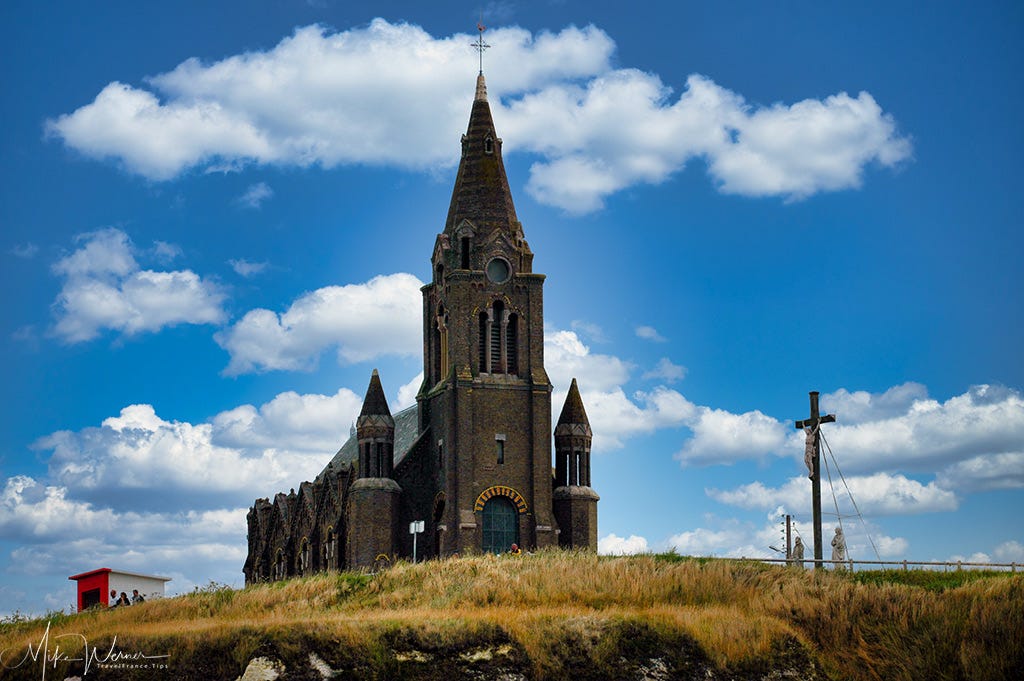Louis-Alexandre Dubourg, born in 1821 in Honfleur, Normandy, was a distinguished French painter renowned for his evocative depictions of the Normandy region. A student of Léon Cogniet, Dubourg developed a profound expertise in painting landscapes, portraits, and genre scenes, with a particular emphasis on the scenic beauty of his native land.
Dubourg's artistic oeuvre is characterized by its vivid portrayal of Normandy's coastlines, fishing boats, and rural landscapes, capturing the unique essence and spirit of the region. His paintings are celebrated for their ability to bring to life the everyday scenes and natural beauty of Normandy, making him a significant figure in the regional art scene of the 19th century.
In 1863, Dubourg played a pivotal role in the French art world by co-founding the Société des Artistes Français. This organization was instrumental in managing the Salon, the prestigious official art exhibition of the Académie des Beaux-Arts in Paris. Dubourg's regular participation in the Salon exhibitions underscored his prominence and respect within the artistic community.
Further contributing to the cultural landscape of his hometown, Dubourg was instrumental in the establishment of the Musée Municipal de Honfleur in 1868, which is known today as the Musée Eugène Boudin. This museum, dedicated to the works of pre-impressionist painters, including Eugène Boudin, a native of Honfleur, is a testament to Dubourg's dedication to the arts and his community.
Throughout his career, Dubourg created numerous notable works, including "The Gathering of Apples near Honfleur" (1865), "The Beach at Honfleur" (1870), "The Port of Honfleur" (1875), "The Fisherman's Wife" (1880), and "The Old Apple Tree" (1885). These paintings are celebrated for their detailed and vibrant portrayal of the Normandy landscape and its inhabitants.
Louis-Alexandre Dubourg passed away in 1891 in Honfleur, leaving behind a rich legacy as an artist deeply connected to his roots. His works continue to be admired and are featured in several prestigious French museums, including the Musée d'Orsay in Paris and the Musée des Beaux-Arts de Honfleur, serving as enduring tributes to his artistic mastery and his profound love for Normandy.
TODAY: You can see the Church (“Notre-Dame de Bonsecours de Dieppe“) on top of the cliffs on the right of the painting. It still exists today.
This was the only painting that Dubourg made in Dieppe that we were able to track down.






